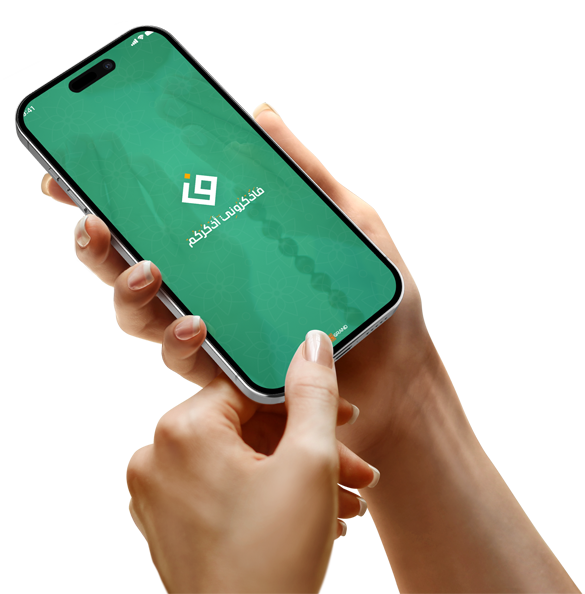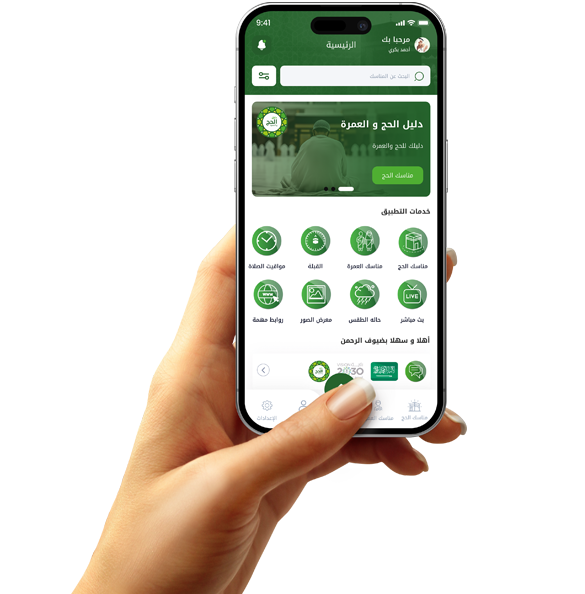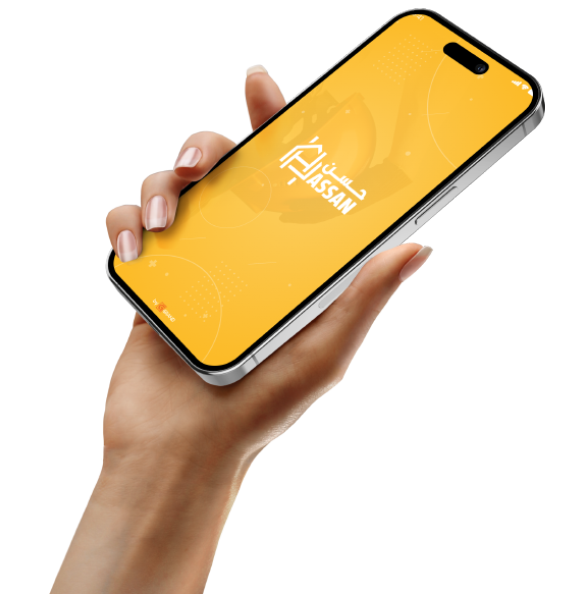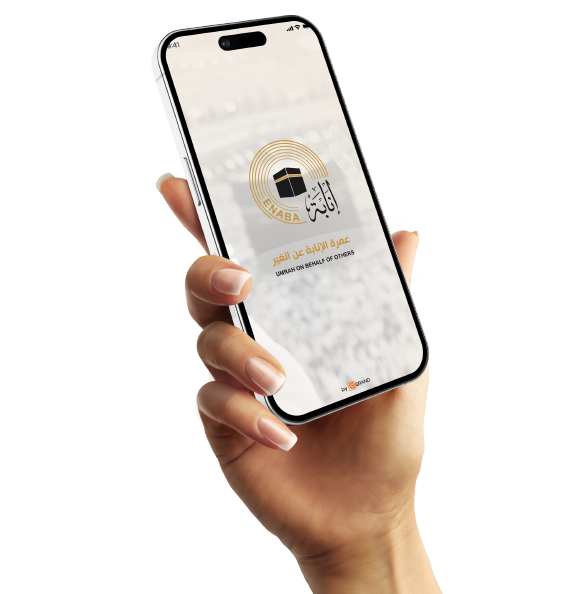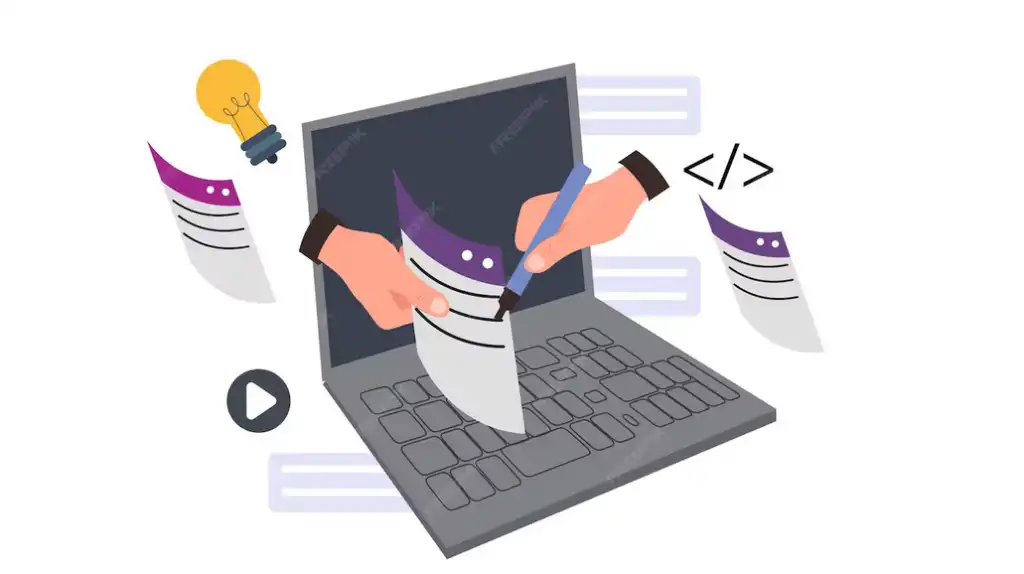Why you need to test your design with real users before launching
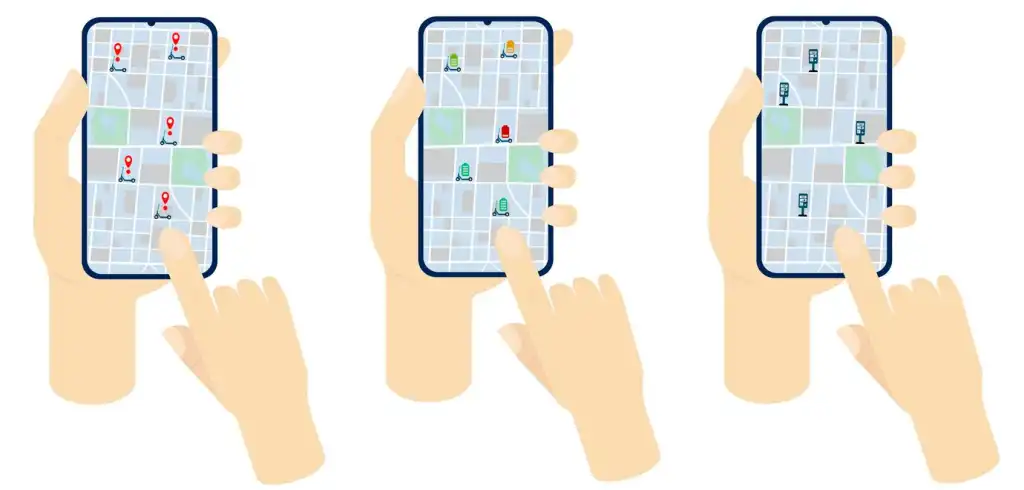
Testing your design early saves you a lot later
When developing a new app, it's easy to fall into the trap of overconfidence in the initial design, especially if the internal team likes it. However, the reality is that real users may see things very differently and may encounter challenges no one anticipated.
Testing your design with real users before launch acts as a "magnifying glass" that reveals weaknesses that may have been invisible to the team. For example, a button that seems obvious to designers may not be so obvious to the average user, or the app's navigation may not make sense to them.
The biggest advantage of conducting these tests early is that it allows you to adjust the experience before it's too late. Any flaw discovered after launch will cost more time and resources and may lead to the loss of trust from early adopters.
Testing your design also helps you understand your users' actual expectations. Instead of relying on the team's assumptions, decisions are based on real data and behavior, which enhances the accuracy and quality of development.
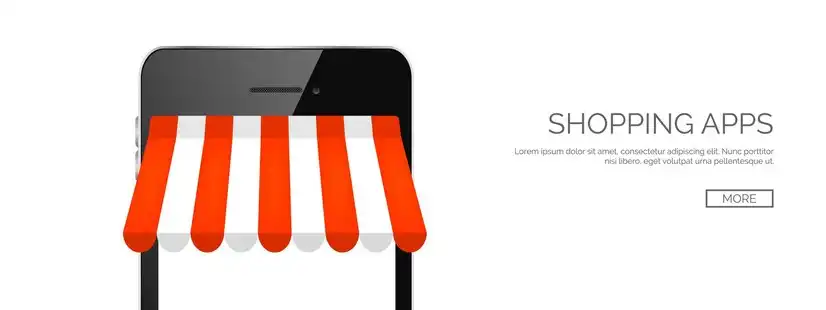
How to Improve the User Interface Through Early Design Testing
When developing a new app, the first interface designed may look great to developers and designers, but it may not be so appealing to actual users. Testing the design with a real audience enhances the user experience and ensures that the interface is intuitive and easy to use.
Design testing contributes significantly to overall interface improvement by identifying issues that users may encounter while interacting with the app. For example, buttons may be invisible or colors may be inconsistent, causing confusion.
During design testing, users can provide real feedback on components they find unintuitive. This feedback could be about text, colors, icons, or screen navigation. This allows the interface to be modified to become smoother and more engaging.

The Best Way to Avoid Costly Post-Launch Mistakes
Innovation and creativity are essential parts of any app development process, but even the best ideas can encounter problems when real users interact with them. Testing a design with real users helps identify bugs before they become costly post-launch, saving valuable time and resources.
When developing an app, the team may believe the design is user-friendly and achieves its goals, but what emerges after launch can be surprising. Users may encounter unexpected challenges, such as complex navigation or unclear functionality, which negatively impact their experience.
Testing a design before launch allows you to detect these bugs early, so they can be addressed before they cause bigger problems after the app is available in stores. Instead of dealing with negative reviews after launch, the team can address issues when it's easier and less costly to modify.
By conducting tests, you can identify interface and interaction issues, such as color clashes, buttons that don't align with different screens, or even navigation errors that can frustrate users.

Design Testing as a Tool to Boost App Engagement
Encouraging users to engage with your app is a key part of your success strategy. However, this is often not easy to achieve if the design isn't attractive and motivates users to continue using the app. Design testing with actual users helps boost app engagement by improving all aspects of the experience.
Through design testing, the team can observe how users interact with various components within the app, such as buttons, menus, or animations. If some elements are unattractive or impractical, they can be easily modified, contributing to increased engagement.





